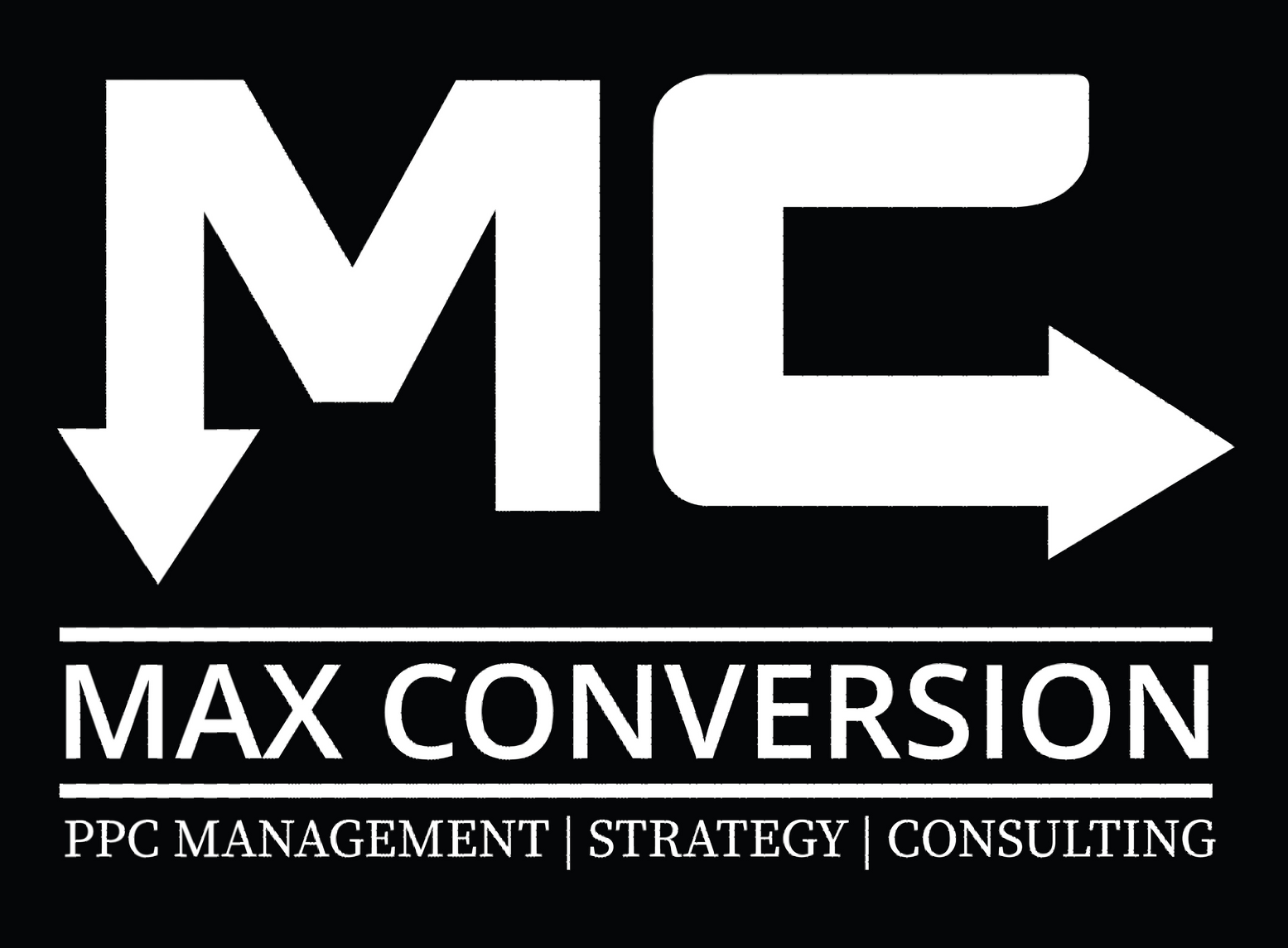It takes more than just turning on ads and waiting for leads to come in to run a successful Google Ads campaign for a painting company. There are particular difficulties facing the painting industry, such as do-it-yourself homeowners who click on advertisements but never hire a contractor. In this post, we dissect a tried-and-true PPC approach tailored to painting businesses, demonstrating how to cut down on wasteful spending, draw in quality leads, and optimize return on ad spend (ROAS).
You'll discover how to plan, optimize, and hone your campaigns for reliable results, regardless of whether you've tried Google Ads before and found it difficult to get them to work or you're just getting started.
Table of Contents
Step 1: Structure Your Campaign for Success
Step 2: Use Buyer-Focused Keywords (Not DIY Keywords)
Step 3: Build a Strong Negative Keyword List
- Competitor Names
- Top-of-Funnel Terms
- Question Words
- Paint Brand Names
- Color Names
Step 4: Continually Refine with Search Term Reports
Step 5: Exclude DIY Audiences in Google Ads
Step 6: Don’t Over-Target with Audiences
Bonus Tip: Optimize Your Landing Page
Final Thoughts & Call to Action
Step 1: Structure Your Campaign for Success
The foundation of a profitable Google Ads campaign starts with the right structure. Instead of throwing all your keywords into one ad group, break them down into themed ad groups based on the services you offer.
For example:
- House Painting
- Interior Painting
- Exterior Painting
- Cabinet Painting
- Epoxy Flooring
- Wallpaper Removal
Each ad group should have its own set of keywords and ad copy that directly match the searcher’s intent. This approach improves Quality Score, lowers your cost per click (CPC), and increases conversion rates.
“The first thing is structuring your campaign properly with ad groups into themes. Painting company keywords should not be in a cabinet ad group they need their own group and tailored keywords.”
Step 2: Use Buyer-Focused Keywords (Not DIY Keywords)
Painting campaigns waste money fast if you target the wrong audience. Many people searching for painting terms are looking for tips or supplies to do the job themselves.
Here’s how to focus only on potential buyers:
- Use phrase match or exact match instead of broad match
- Include intent-driven modifiers such as “company,” “contractor,” “service,” “near me,” or your city name
- Avoid single-word keywords like “painting” or “painters” that are too broad
By narrowing your targeting, you eliminate clicks from DIYers who will never convert into paying customers.
Step 3: Build a Strong Negative Keyword List
- Competitor Names
- Block franchise names like “360 Painting” or “Five Star Painting”
- Include local competitor names and even personal names like “Jack’s Painting”
- Top-of-Funnel Terms
- Exclude words like “reviews,” “best,” and “2023/2024” to avoid people still in research mode
- Question Words
- Remove searches starting with “how,” “what,” “why,” or “when” to block DIY queries
- Paint Brand Names
- Exclude terms like “Sherwin Williams,” “Behr,” and “Benjamin Moore” to avoid people looking for supplies
- Color Names
- Block searches including “white,” “gray,” “blue,” “yellow,” etc. since they often indicate research for DIY projects
This process alone can dramatically reduce wasted ad spend.
“In our campaigns we use over a thousand negative keywords. They take out all the junk clicks and wasted spend so the clicks we do receive are very high quality.”
Step 4: Continually Refine with Search Term Reports
Even with a solid setup, monitor your search term reports weekly or monthly. Look for irrelevant searches that are slipping through and add them as negatives.
Example keywords to remove:
- Paint shops
- Auto painting
- Metal roof painting
- People’s names that aren’t part of your company
This ongoing refinement process helps keep your cost per lead low and your ROI strong.
Step 5: Exclude DIY Audiences in Google Ads
Beyond keywords, you can use Google’s audience exclusions to filter out DIY enthusiasts. Search for “Do It Yourself” audiences and add them as exclusions so your ads never show to people who prefer to handle projects on their own.
Step 6: Don’t Over-Target with Audiences
It’s tempting to layer on specific audiences, but in local markets this can actually hurt your campaign. Google doesn’t have enough data in most local areas, so audience targeting can drive up your CPCs and limit impressions.
Instead, keep audiences on observation mode so you can collect data without restricting delivery.
Bonus Tip: Optimize Your Landing Page
Even the best campaign can’t convert if the landing page is slow or confusing. Make sure your landing page is:
- Mobile-friendly and loads in under 3 seconds
- Clear about your services and location
- Easy to navigate with visible CTAs (like “Get a Free Quote”)
Pairing optimized ads with a high-performing landing page will give you the best chance of converting clicks into leads.
Final Thoughts
Targeting the correct audience, reducing wasteful spending, and continuously improving your campaigns are the keys to running successful Google Ads for painting companies. To make sure every dollar goes toward quality leads, concentrate on buyer-intent keywords, themed ad groups, and aggressive negative keyword filtering.
Schedule a Free Strategy Call with Max Conversion if you need assistance enhancing your Google Ads performance.
